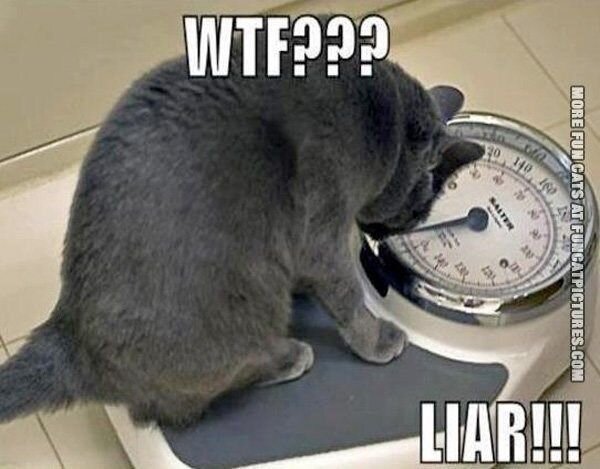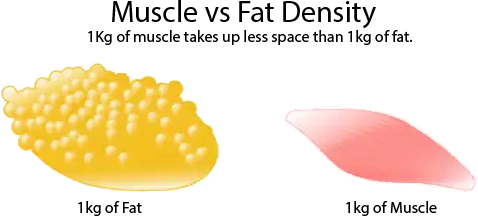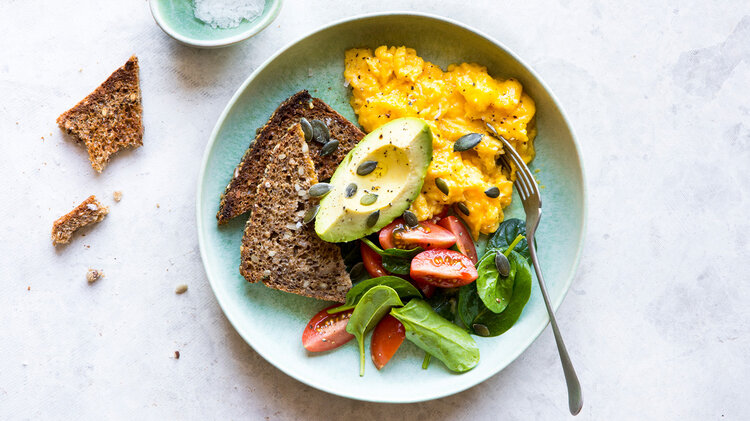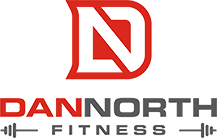Despite what you may have heard from popular food logging apps, not everyone (actually, almost no one) should be eating 1,200 calories a day to lose weight. This blanket suggestion has been engrained into the minds of women and men who have been misled into thinking they need to eliminate everything except their toothpaste if they ever want to lose weight.
This is simply not true. And is particularly false for anyone who exercises regularly.
The biggest reason the 1,200 calorie recommendation is complete BS is that many of these apps recommend 1,200 calories for everyone. It doesn’t matter if someone weighs 300lbs or 150lbs. According to the apps, you should be eating 1,200 calories a day regardless if you want to lose weight.
Quick Tip: Anytime anyone or anything recommends a solution for everyone, with little to no consideration for the individual (i.e. you), it’s probably a load of crap.

How Many Calories Do You Need to Lose Fat?
The only way to lose fat is to be in a calorie deficit. This is when your body expends more than energy than you consume.
No, you don’t need to count your calories or keep a food journal to lose fat. But it does help.
Think of it this way: If you want to save money, you track your finances. If you want to lose fat, you track your calories. At the end of the day, it’s just data. Nothing more and nothing less.
Instead of pulling a random number like 1200 out of thin air, there’s a better way to find out how many calories you should be eating.
Note: This is the same method I use with many of my clients. This is NOT the only way to do it. I’m simply offering this to you as an option to consider. If it sounds like something that would work for you, awesome. Try it out and see how it goes.
Here’s how you do it:
- Track everything you eat for at least 30 days. Everything. Even if you decide not to continue tracking your food beyond the first 30 days, you’ll gain a much better understanding of what and how much you’re eating on a consistent basis.
Keep in mind: If you’re using an app to keep your food journal, they’re usually considerably off in their estimation when it comes to calories. So give yourself a “buffer zone” of at least a few hundred calories because chances are you’re eating more than you think. - Weigh yourself every morning. Every morning, before eating/drinking anything and after going to the bathroom.
The reason for tracking your food and your weight every day isn’t to be obsessive with numbers and freak out. It’s to accumulate data.
- If your weight doesn’t change, you’re eating a maintenance level of calories.
- If your weight goes up, you’re eating a surplus level of calories.
- If your weight goes down, you’re eating in a calorie deficit.
Keep in mind: Your weight will fluctuate from day to day. And that’s completely normal and happens to literally everyone. This is especially true for women depending on their cycle.

Why weigh yourself every day if it’s going to fluctuate?
Weighing yourself every day allows you to accumulate a weekly average and it gives you more data points to see the overall trend of your bodyweight.
If you take your average bodyweight on a weekly basis and notice a downward trend, it shows that you’re consistently eating in a calorie deficit. If it shows an upward trend, you’re consistently eating in a calorie surplus.
The weekly trend is the true indicator of progress, not the day to day fluctuations.
Weight Loss vs. Fat Loss
There’s a difference between losing weight and losing fat.
Your weight is the sum total of your entire body and everything in it. Organs, bones, and poop included. If you take a pee or sit in the sauna for half an hour, you’ll lose weight (water weight).
So while bodyweight can be an indicator of progress, it’s not the only one. You can lose fat without the number on the scale even changing since muscle is denser than fat (see image below for reference). So if your clothes fit differently and you look leaner, but the number on the scale isn’t changing, it means that you’re losing fat while retaining lean muscle. Bravo!

Summary
Again, this is just one way to do it and is a system I’ve found very useful for many of my clients.
So if it sounds like something that might be up your alley, give it a shot and let me know what you think.
But give it an honest shot. Don’t half ass it and quit two weeks in. Go the full 30 days. Track everything you eat. Track your weight. And smash your workouts. Shoot me a message after and let me know how you feel.





